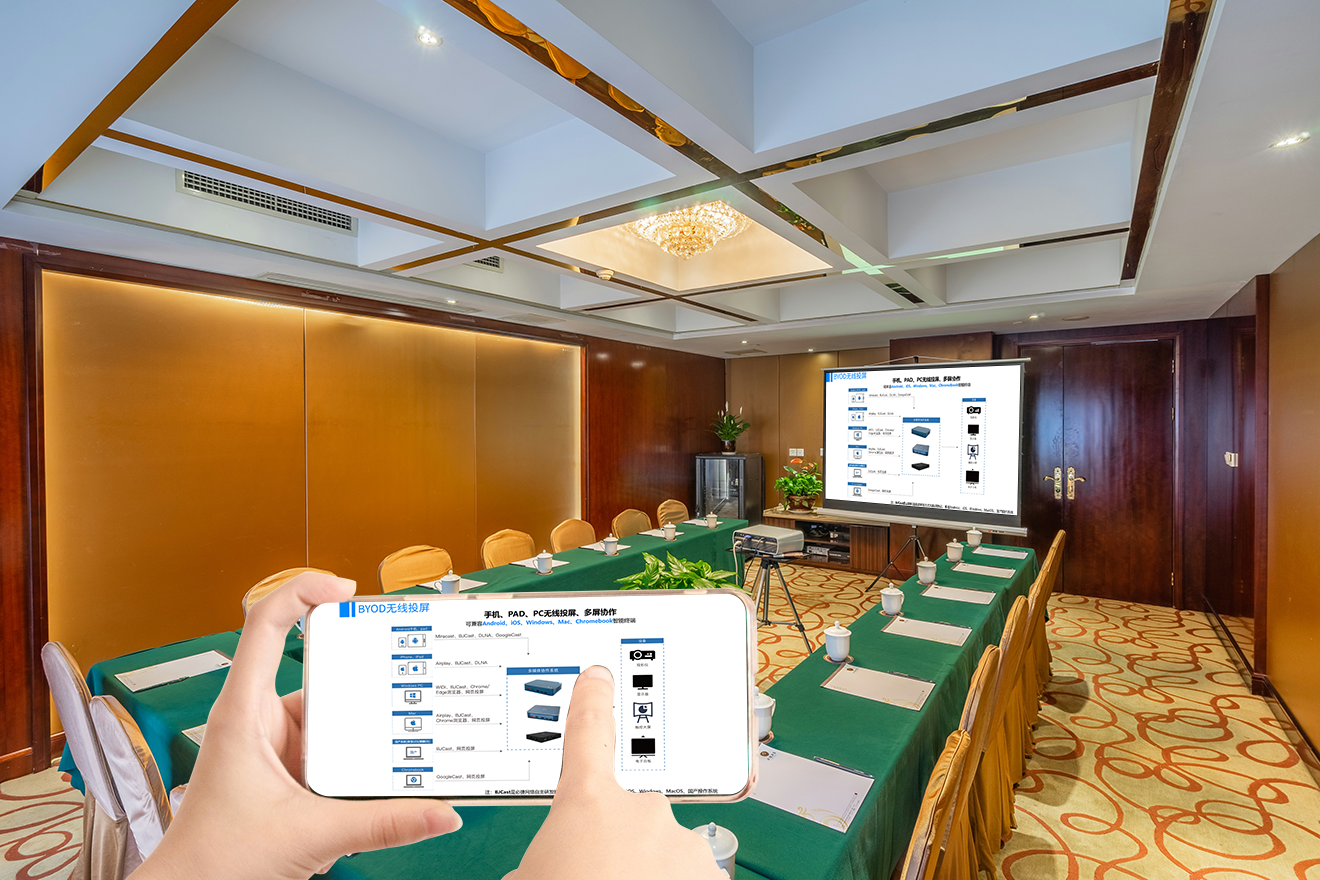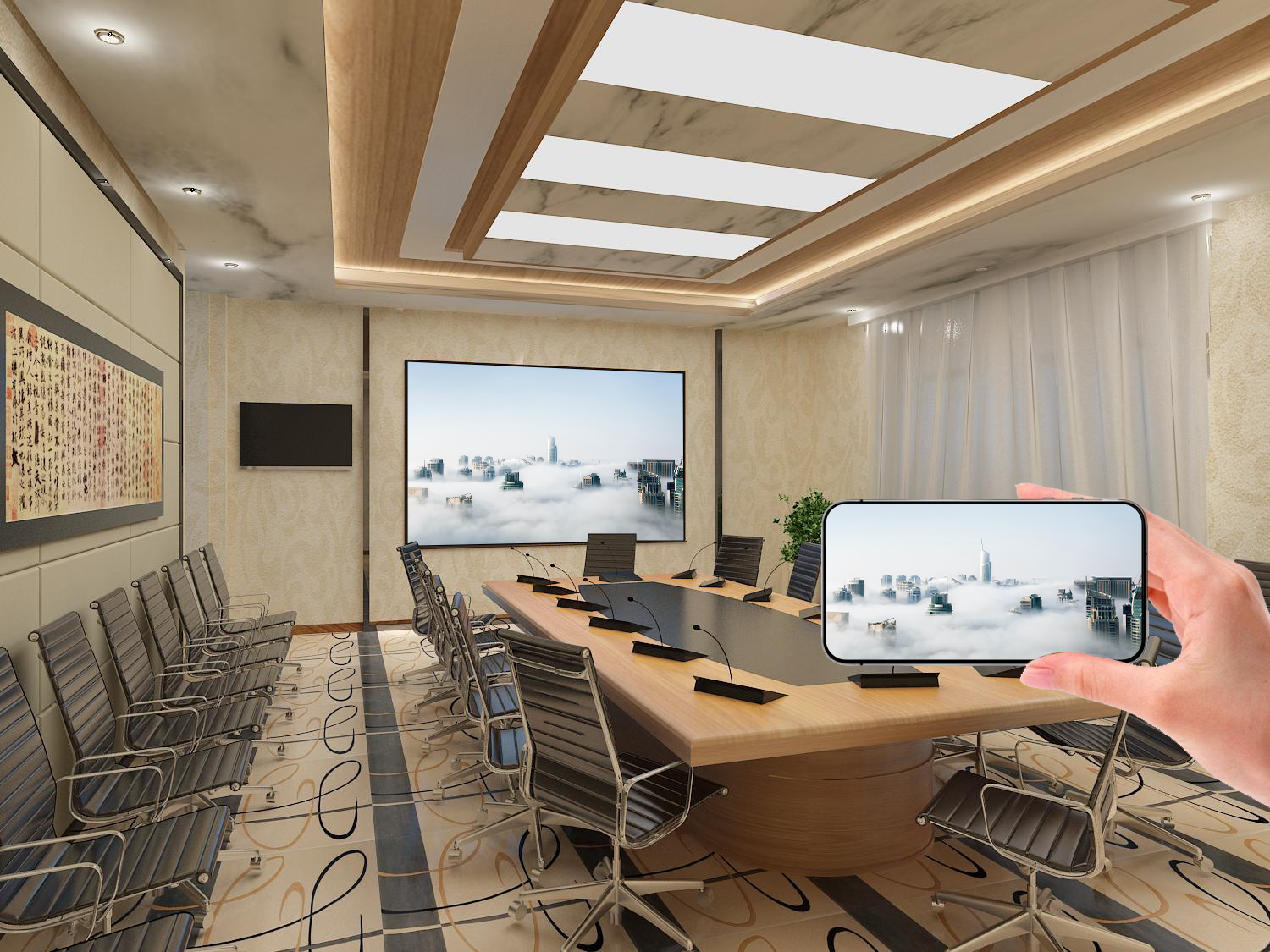Complete Guide to Mobile Screen Mirroring: Easily Achieve Big Screen Freedom
In today’s digital age, mobile phones have become an indispensable part of our lives. Whether watching exciting movies, playing thrilling games, or conducting important work presentations, we often want to cast content from our phones to a larger screen for a more stunning visual experience. The mobile screen mirroring function perfectly meets this need, allowing us to easily enjoy “big screen freedom.”
Whether sharing photos and videos from your phone during family gatherings or connecting your phone to a projector to display PPTs at work, mobile screen mirroring makes the process more convenient and efficient. Below is a detailed guide to screen mirroring methods for Apple and Android phones.
Steps for Apple Phone Screen Mirroring
Apple users can use the built-in AirPlay feature (called “Screen Mirroring” in iOS 11 and later) for simple screen mirroring:
- Ensure your Apple phone and TV are connected to the same Wi-Fi network.
- Open Control Center by swiping down from the top-right corner (iPhone X and later) or up from the bottom (iPhone 8 and earlier), then tap the “Screen Mirroring” icon.
- Your phone will automatically search for nearby AirPlay-supported devices. Select your TV from the list of found devices.
- If an AirPlay password appears on the TV, enter it on your phone. After a moment, the content on your phone screen will be mirrored to the TV in real time.
In addition to the system-built function, many mainstream video apps (e.g., iQiyi, Tencent Video, Youku) also have built-in mirroring features:
- Ensure your phone and TV are on the same Wi-Fi.
- Open the video app, select a video, then find the mirroring button (usually a “TV” icon) on the playback page and tap it.
- The app will search for nearby devices; select your TV from the list, and the video will start playing on the TV.
If you want more features, try third-party mirroring apps like Lebo Cast or Bije Cast:
- Install the same app on both your phone and TV, ensuring they’re on the same Wi-Fi.
- Open the app on your phone, search for your TV, and connect.

Steps for Android Phone Screen Mirroring
Android users also have multiple mirroring options:
Using Miracast (Wireless Display)
Most smart TVs support the Miracast protocol:
- Enable your TV’s “Wireless Display” or “Screen Mirroring” feature (names vary by brand, usually in the “Network” or “Connection” settings).
- On your Android phone, open “Cast” or “Wireless Display” (typically found in Settings → Connections → Cast, “Multi-Screen Interaction,” or via the quick settings panel in the notification shade).
- Your phone will search for nearby devices. Select your TV from the list.
- If a connection confirmation pops up on the TV, tap “Confirm.” Your phone’s screen will then appear on the TV.
Note: Some older Android phones may not support Miracast or require additional drivers.
Via Video App Built-in Mirroring
Similar to Apple phones, Android users can use mirroring features in video apps:
- Connect your phone and TV to the same Wi-Fi.
- Open the app, find the mirroring button on the video playback page, and select your TV.
Using Third-Party Apps
Install the same mirroring app on both your phone and TV, connect them to the same network, then search for and connect to the TV via the app.
Wired Connection (HDMI)
If both your TV and Android phone have HDMI ports (or your phone supports a USB-C to HDMI adapter):
- Prepare an HDMI cable and a suitable adapter (if needed).
- Connect one end of the HDMI cable to your phone (via the adapter) and the other end to the TV’s HDMI input.
- Turn on the TV and select the corresponding HDMI input source. Your phone’s screen will appear on the TV.
Common Mirroring Issues and Solutions
Mirroring Failure
-
Network issues: Phones and mirroring devices may not be on the same network, or the network may be unstable.Solution: Ensure all devices are on the same network; switch networks or adjust device positions if there’s interference; reset the router or use a mobile hotspot.
-
Compatibility issues: Devices may not support the same mirroring protocol, or older devices may lack mirroring capabilities.Solution: Check if your phone and TV support common protocols (e.g., Miracast, AirPlay); use adapters if incompatible; update device systems and apps to the latest versions.
Latency or Lag
-
Unstable network: Too many connected devices or weak signals can cause lag.Solution: Disconnect unnecessary devices, restart the router, switch to a stronger Wi-Fi signal, or use 5G instead of 2.4G if available.
-
High phone memory usage: Too many background apps consume resources.Solution: Close unused background apps and clear memory before mirroring.
-
Overly high resolution: Exceeding device processing capabilities can slow transmission.Solution: Reduce the mirroring resolution in settings.
Mobile screen mirroring brings great convenience to our lives and work. With the methods and troubleshooting tips above, you can easily mirror your phone and enjoy the 精彩 of big screens. Remember to choose the right mirroring method based on your situation, and pay attention to network conditions and device status for the best experience.
